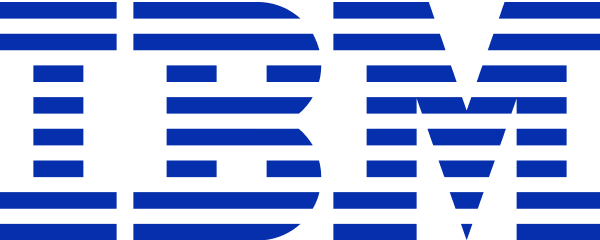Coursera
Free Online Course (Audit)
English
Paid Certificate Available
4 weeks long, 16 hours worth of material
selfpaced
Overview
Class Central Tips
Nearly every aspect of business is affected by data analytics. For businesses to capitalize on data analytics, they need leaders who understand the business analytic workflow. This course addresses the human skills gap by providing a foundational set of data processing skills that can be applied to many business settings.
In this course you will use a data analytic language, R, to efficiently prepare business data for analytic tools such as algorithms and visualizations. Cleaning, transforming, aggregating, and reshaping data is a critical, but inconspicuous step in the business analytic workflow.
As you learn how to use R to prepare data for analysis you will gain experience using RStudio, a powerful integrated development environment (IDE), that has many built-in features that simplify coding with R.
As you learn about the business analytic workflow you will also consider the interplay between business principles and data analytics. Specifically, you will explore how delegation, control, and feasibility influence the way in which data is processed. You will also be introduced to examples of business problems that can be solved with data automation and analytics, and methods for communicating data analytic results that do not require copying and pasting from one platform to another.
In this course you will use a data analytic language, R, to efficiently prepare business data for analytic tools such as algorithms and visualizations. Cleaning, transforming, aggregating, and reshaping data is a critical, but inconspicuous step in the business analytic workflow.
As you learn how to use R to prepare data for analysis you will gain experience using RStudio, a powerful integrated development environment (IDE), that has many built-in features that simplify coding with R.
As you learn about the business analytic workflow you will also consider the interplay between business principles and data analytics. Specifically, you will explore how delegation, control, and feasibility influence the way in which data is processed. You will also be introduced to examples of business problems that can be solved with data automation and analytics, and methods for communicating data analytic results that do not require copying and pasting from one platform to another.
Syllabus
- Course Overview and Module 1 How Do I Get Started Using a Data Analytic Language to Solve Business Problem?
- In this module you will be introduced to (1) the role of data analytics in business domains, and (2) R and RStudio.
- Module 2How Do I Get to Know My Data and Share It with Others?
- In this module you will explore whether data is an asset and how to explore a dataset.
- Module 3 How Can I Use Functions to Help with Data Preparation?
- This module starts with a discussion on the importance of assembling data for business analytic purposes, and then illustrates data transformation using Tidyverse, a group of useful R packages.
- Module 4 How Do I Preprocess Data?
- In this module, we will learn how delegation, feasibility, and control influence the level at which data is aggregated. We then focus on performing a variety of data preprocessing tasks to prepare data for use in visualizations and algorithms.
Taught by
Ronald Guymon and Ashish Khandelwal


